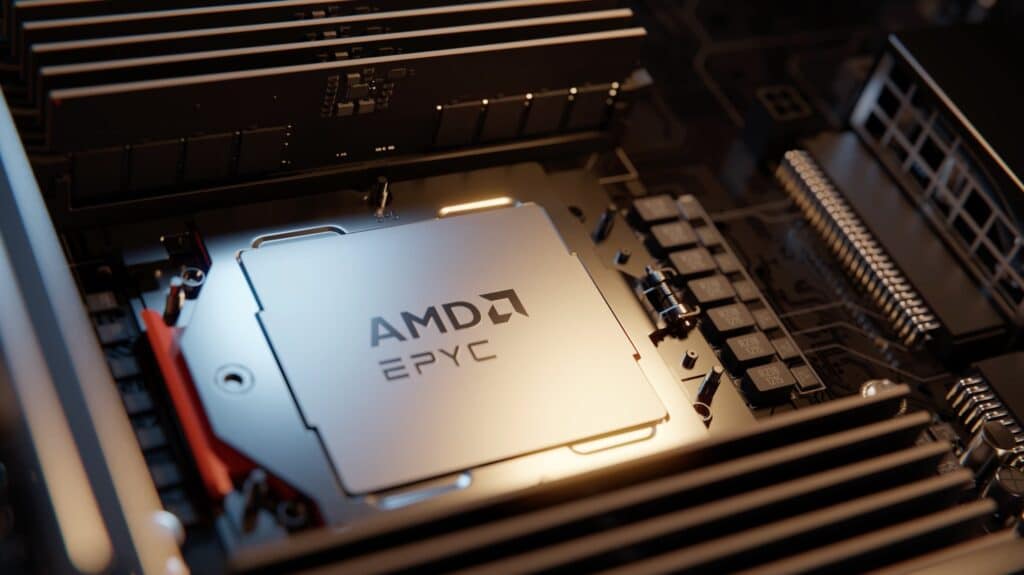The chip designer AMD has seen a significant stock increase after two investment analysis firms, CFRA and Melius Research, upgraded their ratings and target prices, supporting the notion that the company could close the gap with NVIDIA in the competitive artificial intelligence (AI) graphics processor market.
A Boost from Wall Street
The CFRA firm raised AMD’s rating to “Strong Buy” and increased its price target from $125 to $165 per share, while Melius Research set it even higher at $175, up from the previous $110. Both analysis firms agree that the demand for AI inference chips from governments and major cloud providers (hyperscalers) could significantly benefit AMD by 2026.
Responding to this renewed optimism, AMD’s shares closed with a 6.8% increase, recovering some ground lost earlier in 2025 when weak PC market forecasts and limited market share in AI GPUs had negatively affected its stock price.
AMD’s Plan to Compete with NVIDIA
According to analyst Angelo Zino from CFRA, the key to AMD’s potential success lies in its next generation of MI400x accelerators, and particularly in the strategic acquisition of ZT Systems, a manufacturer of infrastructure solutions for data centers. This move allows AMD to vertically integrate into the AI supply chain, gaining access to the rack server market and getting closer to major clients like Oracle and OpenAI.
Oracle plays a crucial role in deploying infrastructure for AI models, while OpenAI—with its own hardware clusters—represents one of the main drivers of current demand in this segment.
Factors That Could Accelerate Growth
Both CFRA and Melius point out that the rise of sovereign AI, meaning AI systems controlled by governments or national companies, will be a key factor in future demand. Additionally, a recovery of the GPU server market is expected as post-pandemic technology investment cycles normalize.
Another relevant point is the possible re-entry of AMD into the Chinese market, which could translate into a substantial revenue increase if regulatory and geopolitical tensions ease.
David vs. Goliath?
Despite these positive projections, NVIDIA still clearly leads the AI GPU market, both in performance and market share. Its products are considered the de facto standard for training and deploying large-scale AI models. However, AMD’s renewed strategic focus, its investment in its own infrastructure, and its ability to scale production through partners like TSMC could allow it to capture a significant portion of the projected growth for 2026.
Conclusion
While catching up to NVIDIA won’t be easy, AMD appears to be positioning itself to become a more relevant player in the upcoming wave of artificial intelligence growth. With a combination of technological innovation, key acquisitions, and strategic alliances, 2026 could be the year the company steps out of the shadow of its main competitor.
It will all depend on its ability to meet expectations and establish itself as a true alternative in the demanding AI accelerator market. The battle is set.
via: wccftech

